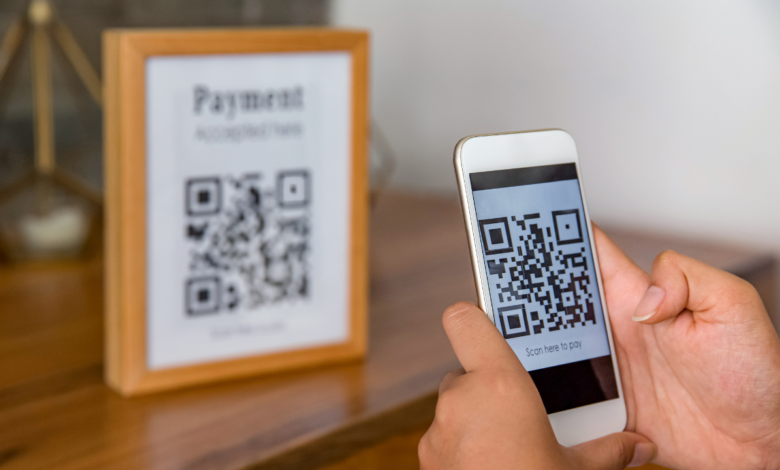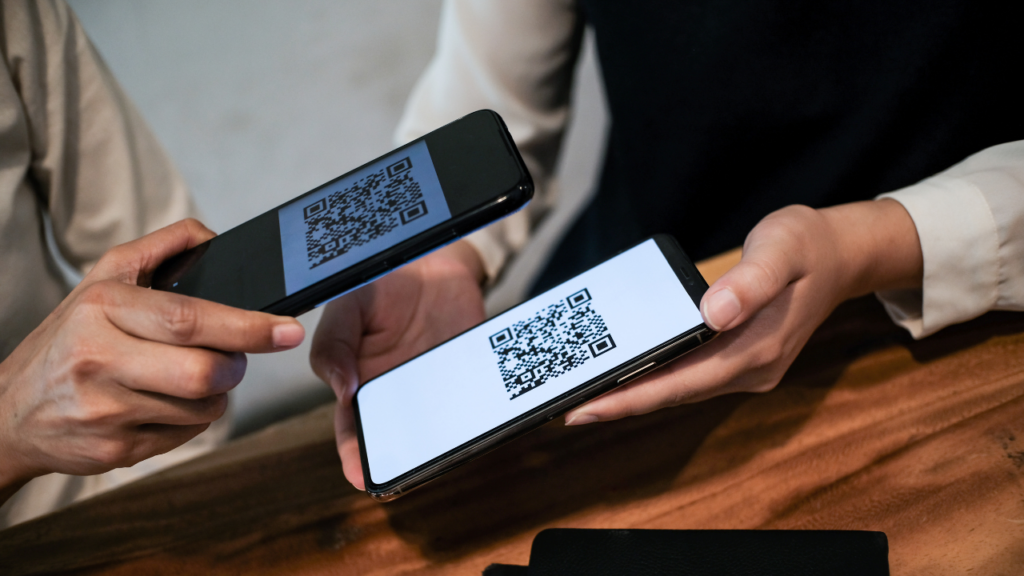QR Codes: Revolutionizing Gallery Experiences

Table of Contents
QR codes have transcended commercial use to revolutionize the museum and gallery experience. These unassuming codes offer enhanced accessibility through diverse information formats. Visitors delve deeper into exhibits with historical context, artist bios, and technical details. Personalized tours based on unique interests enrich the journey.
Interactive Museums: QR Code Innovations
Interactive possibilities, like augmented reality experiences and exhibit voting, boost engagement. Innovative ideas include artwork information, audio guides, virtual tours, and interactive games. Crucial tips ensure easy scalability, concise language, and effective promotion.
Renowned institutions like The Metropolitan Museum of Art, The British Museum, and The National Gallery of Art have embraced QR codes, promising a future of immersive and inclusive cultural appreciation.
QR codes have permeated every aspect of our lives, from product packaging to restaurant menus, and now, they are making their mark in the world of museums and galleries. These versatile codes offer numerous advantages that significantly enhance the visitor experience.
Enhanced Accessibility
QR codes cater to diverse needs by providing information in various formats like text, audio, and video. This inclusivity makes the museum experience more accessible to people with disabilities and those who speak different languages.

Enriched Learning
Visitors can delve deeper into the exhibits through custom QR code, which offer additional information such as historical context, artist biographies, and technical details. This fosters a better understanding of the art and artifacts on display, forging stronger connections with the material.
Personalized Experiences
Museums can tailor experiences for each visitor using QR codes. By scanning a QR code, visitors can embark on a customized tour based on their unique interests, making their journey through the exhibits more meaningful.
Increased Engagement
QR codes open up interactive possibilities, such as augmented reality experiences or the opportunity for visitors to vote on their favorite exhibits. This gamification element heightens engagement and keeps the audience captivated.
Creative Uses of QR Codes in Museums and Galleries
Numerous ways exist to leverage QR codes in museums and galleries, and here are a few innovative ideas:
- Artwork Information: Place QR codes near artworks to give visitors essential details, such as the artist’s name, creation date, and materials used.
- Audio Guides: Create audio guides accessible via QR codes, enabling visitors to learn more about the exhibits as they explore the museum.
- Virtual Tours: Develop virtual tours through QR codes, allowing individuals to explore exhibits from the comfort of their homes.
- Games and Activities: Engage visitors with interactive games and activities, making learning enjoyable and memorable.
QR Code Tips for Museums and Galleries
To make the most of QR codes in museums and galleries, consider the following tips:
- Ensure Scannability: QR codes should be easily scannable, with adequate size and proper lighting, to facilitate smooth smartphone scanning.
- Use Concise Language: Keep the text in QR codes clear and concise, ensuring visitors understand their purpose effortlessly.
- Promote QR Codes: Ensure visitors know the availability and usage of QR codes through signage and digital platforms.
Several renowned museums and galleries have embraced QR codes to enhance their offerings:
- The Metropolitan Museum of Art in New York City utilizes QR codes to provide visitors with additional information about the exhibits.
- The British Museum in London employs QR codes to offer audio guides for a more immersive experience.
- The National Gallery of Art in Washington, D.C., provides virtual tours through QR codes, enabling remote exploration of the museum’s treasures.
With the increasing popularity of QR codes, we can anticipate even more imaginative and innovative applications to elevate the museum experience further.
Conclusion
In summary, QR codes have revolutionized the museum and gallery experience, bringing numerous advantages to visitors and institutions. By enhancing accessibility, providing enriched learning opportunities, offering personalized experiences, and fostering increased engagement, these unassuming codes have profoundly transformed how people interact with art and artifacts.
Revolutionizing Engagement: QR Codes in Museums & Galleries
Museums and galleries have successfully utilized QR codes to establish a seamless connection between technology and culture, allowing them to better connect with their audiences.
QR codes have bridged the gap between the physical and digital worlds by offering additional information, audio guides, virtual tours, and interactive activities, making art and history more accessible and captivating.
The potential for QR codes in the museum and gallery context continues to expand, promising even more creative applications. Institutions leveraging these innovations can create immersive and inclusive experiences, attracting visitors from diverse backgrounds and interests.
QR Codes: Art’s Digital Revolution
Integrating QR codes has transformed how we perceive and engage with art and culture, making it more approachable, educational, and enjoyable.
As technology advances, it is evident that QR codes will remain an indispensable tool in shaping the future of the museum and gallery experience, further enriching our understanding of the world’s cultural heritage. Their continued adoption ensures that the artistic journey will continue to evolve and thrive in the digital age.








